March’s trip to India has produced quite a number of posts. There are Hoysaleswara Temple, Chennakeshava Temple, Elliot’s Beach, and now this post on Pratabgad Fort and Mhabaleshwar.
Leaving Mumbai on a Friday late morning, we started a 170 mile / 274 kilometer 6-hour drive on the Mumbai-Pune Expressway, passing through the outskirts of Pune before heading south and then into the Western Ghats or Sahyadri mountain range to the hill station of Mhabaleshwar. Mahabaleshwar is 4,439 ft (1,353 m) above sea level and the weather there is quite pleasant. During the British Raj, it served as the summer capital of Bombay Province. We have often visited hill stations as they are popular tourist sites and in very pretty areas.
We stayed at the Evershine Keys Prima Resort. The hotel was very comfortable and the staff most helpful. We had a pleasant finish to the day with a good meal and good company.
Before I dive into the main topic of this post, I’d like to put in a picture to tempt you to click on the “more” button and read the rest of the post. While we start off at the resort, the real highlight of the trip was the visit to Pratabgad Fort. This fort was the site of a major victory for Shivaji in the Battle of Pratapgarh (Pratapgarh is an alternate Latin character spelling of Pratabgad). More on that below. This bastion is one of its prominent features.
We were up early the next morning. The resort staff was busy as well, tending the gardens.
We loaded up in several cars and headed off to the fort. The 12 mile (20 km) drive took about 45 minutes. This is the imposing edifice you see as you arrive. Built on a hilltop, the fort is clearly very defensible. It was completed in 1656, having been commissioned by the Maratha king Chatrapati Shivaji Maharaj some years before. The Battle of Pratapgad was fought below the fort on November 10, 1659. The victory won by Shivaji over Afzal Khan was a major one and crucial to the establishment of the Maratha Empire. More on that later.
Appropriately, kilometer stone zero is where you start up the stairs to reach the fort.
As you walk up the fort, you go through several layers of security. It was clearly built to be defended at multiple points and to survive a long siege.
This is a view of the bastion you see from the parking area from above.
Crucial to our visit was our guide. I apologize for not recording his name. He was very knowledgeable and, while there were times details needed translation, I was able to understand much of what he said. And the story he told was epic. It is the story of the Battle of Pratabgad (or Pratapgarh).
Shivaji had been gaining territory and power in Maratha. The Mughal Empire did not like his rise to power and sought to defeat him. Shivaji moved his forces to Pratabgad because of its strategic position. Afzal Khan tried to engage Shivaji in more favorable locations for Afzal Khan, but was unable to do so. Afzal Khan reportedly had “.. forces consisted of 20,000 select Adilshahi cavalry, 15,000 infantry, 10,000 Afzal Khan personnel Cavalry, 5,000 Afzal Khan personnel infantry and 1,500 musketeers. He was accompanied by 85 elephants and 1,200 camels.” (Wikipedia) Shivaji had 3,000 infantry and 6,000 cavalry. So here is where the story gets interesting
Shivaji sent an emissary saying he wanted to reach a peaceful conclusion to the conflict. Afzal Khan agreed to a meeting in a ceremonial tent below the fort with elaborate agreements on both sides that both commanders would be equally protected. Both men came prepared for treachery. Afzal Khan brought a hidden dagger or katyar hidden on his body. Shivaji, suspecting treachery, armored his body and also carried a tiger claw or bagh nakh. Afzal Khan tried to stab Shivaji, but his armor protected him. Shivaji used his tiger claw to disembowel Afzal Khan. The body guards clashed, Afzal Khan briefly escaped, but was captured and beheaded. With their commander killed, the Mughal army was routed by the Maratha forces. Maratha was on its way to being an empire, and Shivaji established as a great leader.
While much of this narrative was bolstered by Wikipedia, the core content came from out guide and the knowledge of my colleagues. As we walked up the fort, we continued to see the defense in dept.
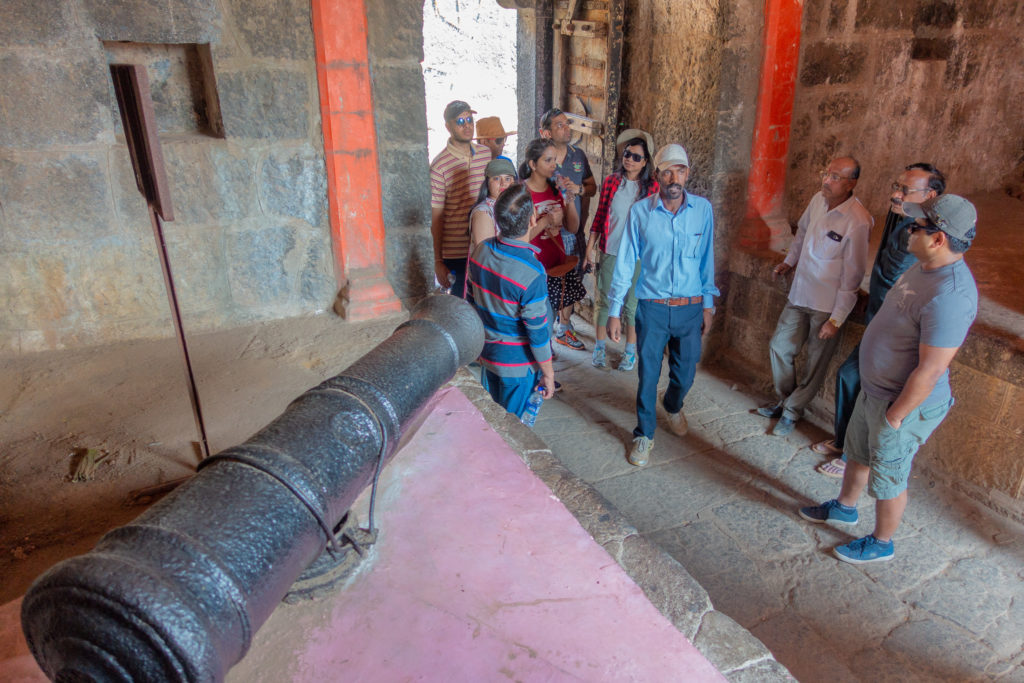
There is great defense in depth throughout the fort as you can see from this protected interior barrier
The fort is privately owned (“The fort is currently owned by Uday Raje Bhosale, the heir to the former Satara princely state”) and is being well maintained. There was much restoration work under way. Donkeys did the heavy lifting.
Care is taken to maintain historical accuracy in the look of the fort.
Here you can see the entry point bastion with the valley in the background. The battle was fought in the area below the bastion.
Here you can see two bastions and the village area built within the fort.
There are shops and food available in the village area, and a temple as well. Here fresh bread is being baked over a fire.
Sugar cane juice is available.
The bread is carefully flipped over the fire.
Looking west, you can see that there is no reasonable approach to the fort from a military perspective.
This statue of Shivaji was put in place by Jawaharlal Nehru, then Prime Minister of India, on 30 November 1957.
As we left the fort, there were nuts and fruit available for sale.
Then back to Mahabaleshwar. These red buses are key parts of rural travel in India.
Mahabaleshwar is known for strawberries. They were fresh and juicy. Many vendors were offering their wares.
Bought in 2-kilo packs, the strawberries were carefully selected.
Vendors patiently waited for customers to come by.
And a final repeat picture to make sure Facebook picks up the correct photo.

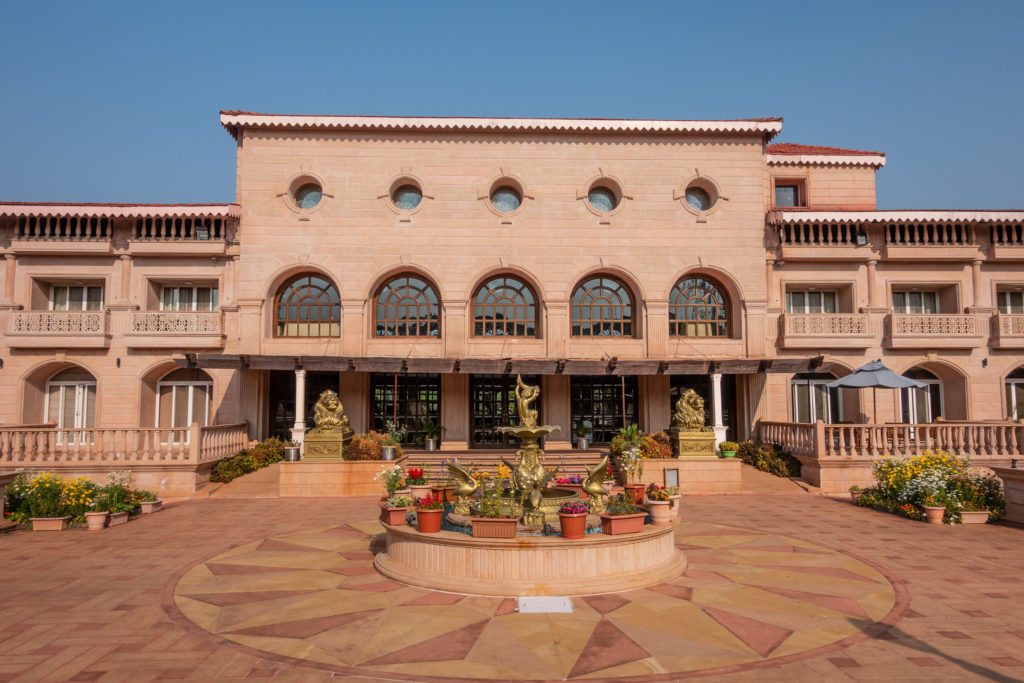
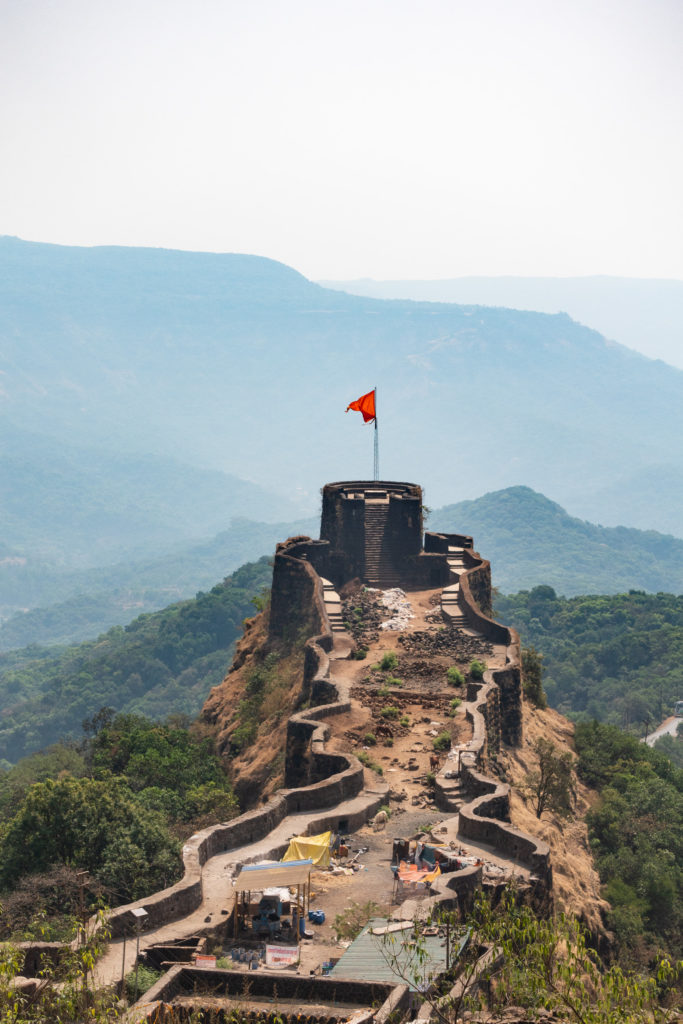
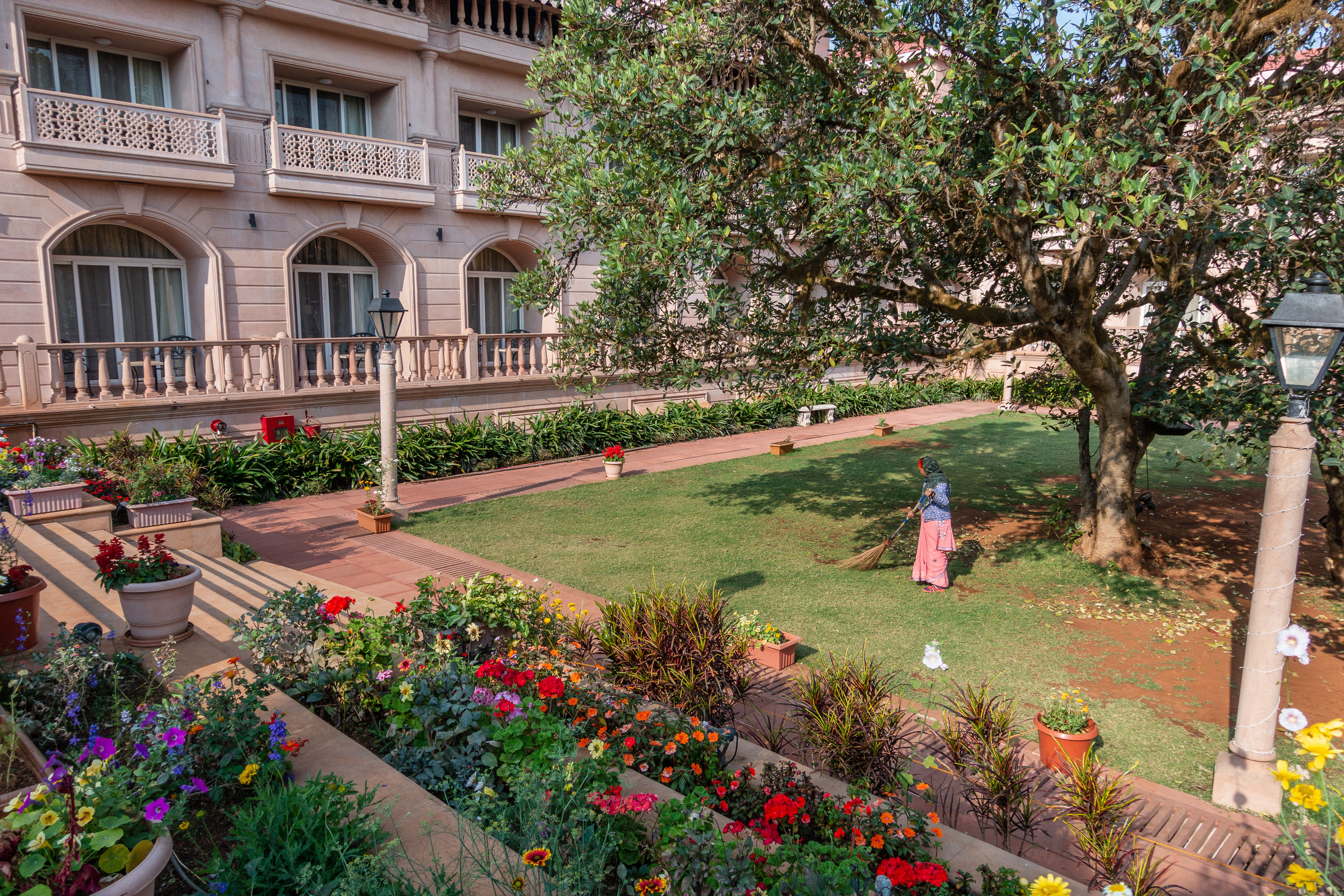
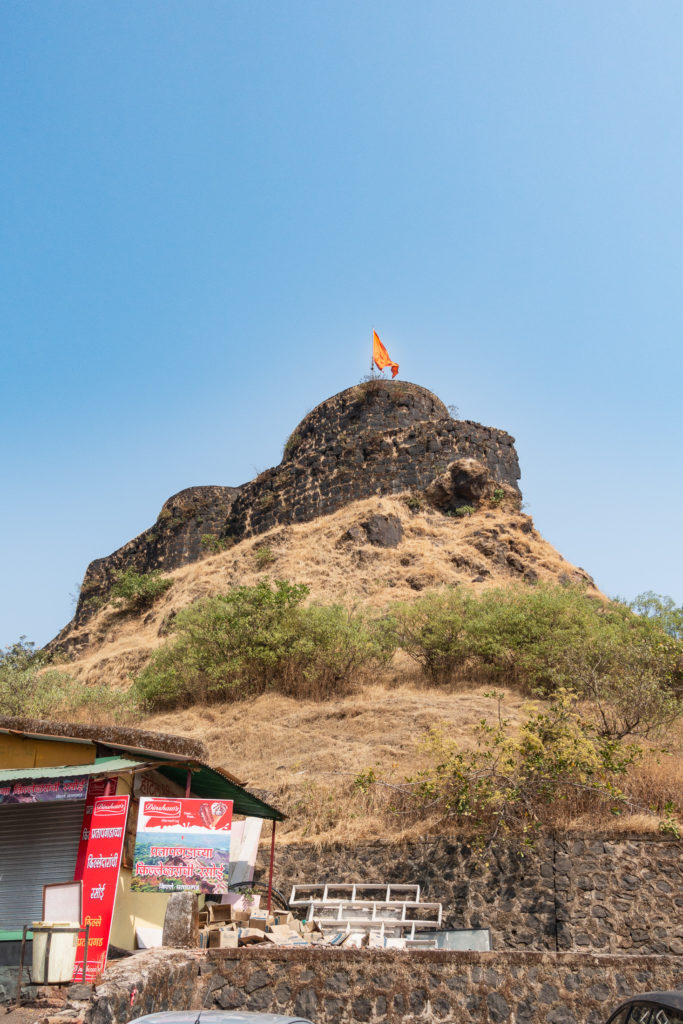
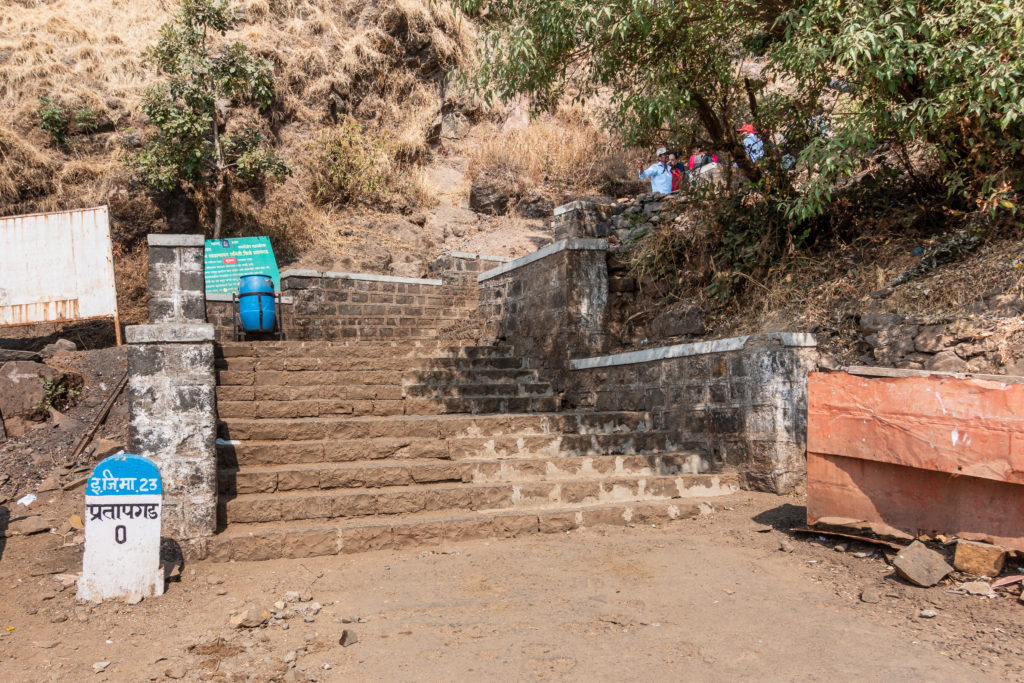
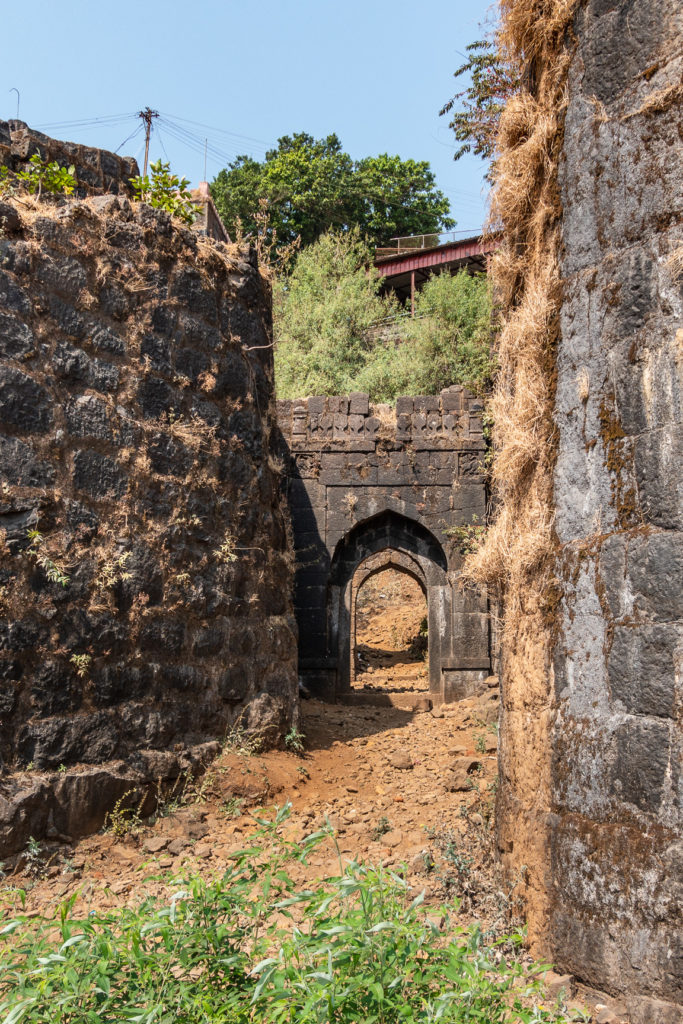
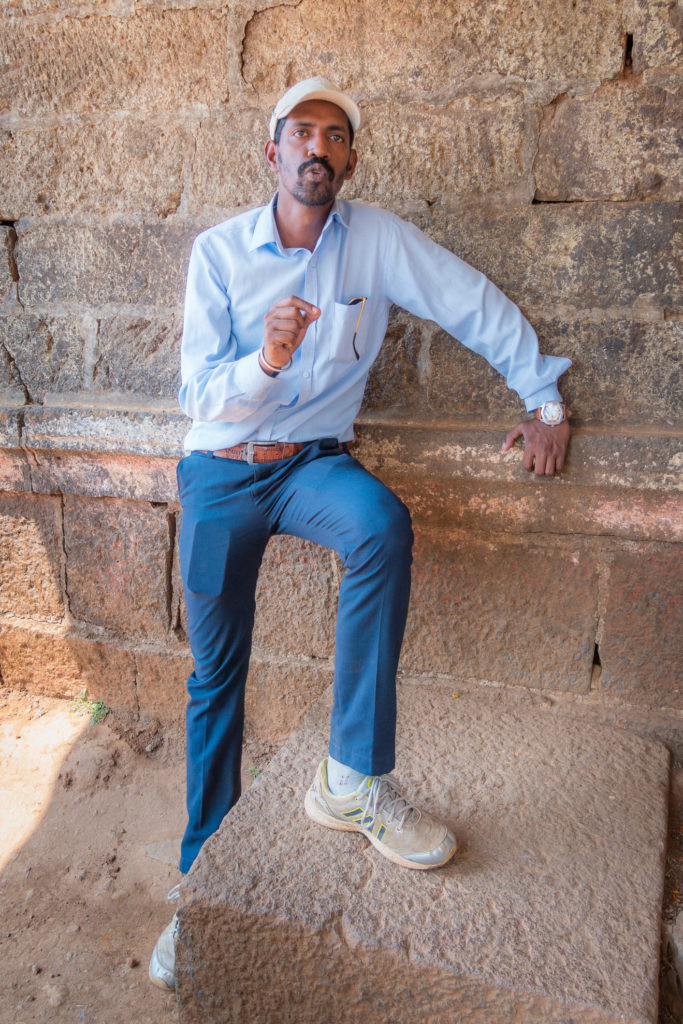
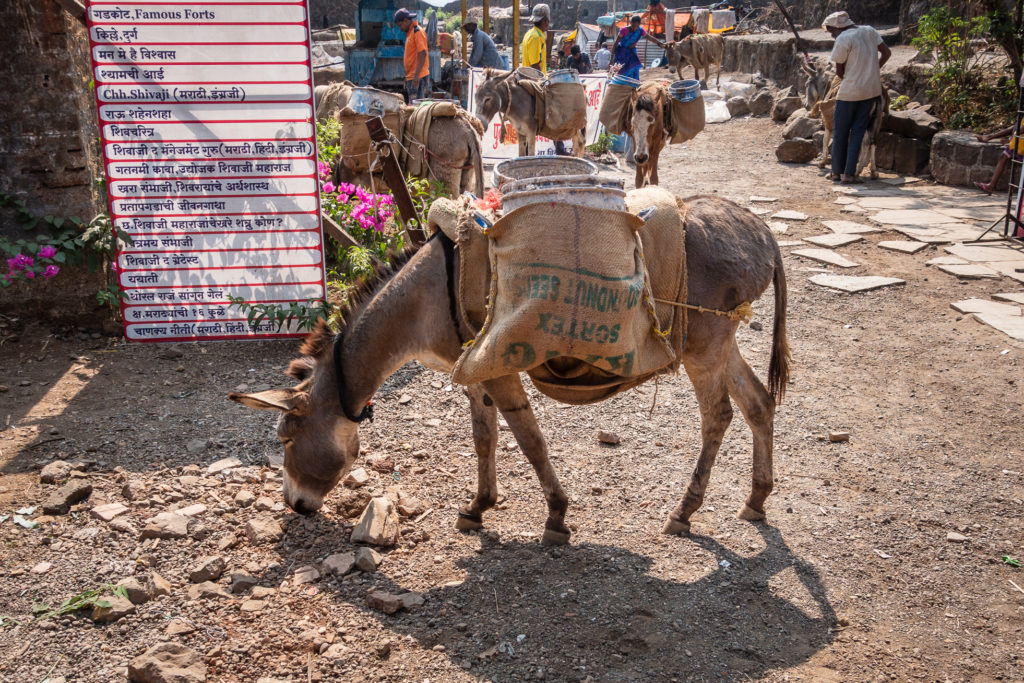
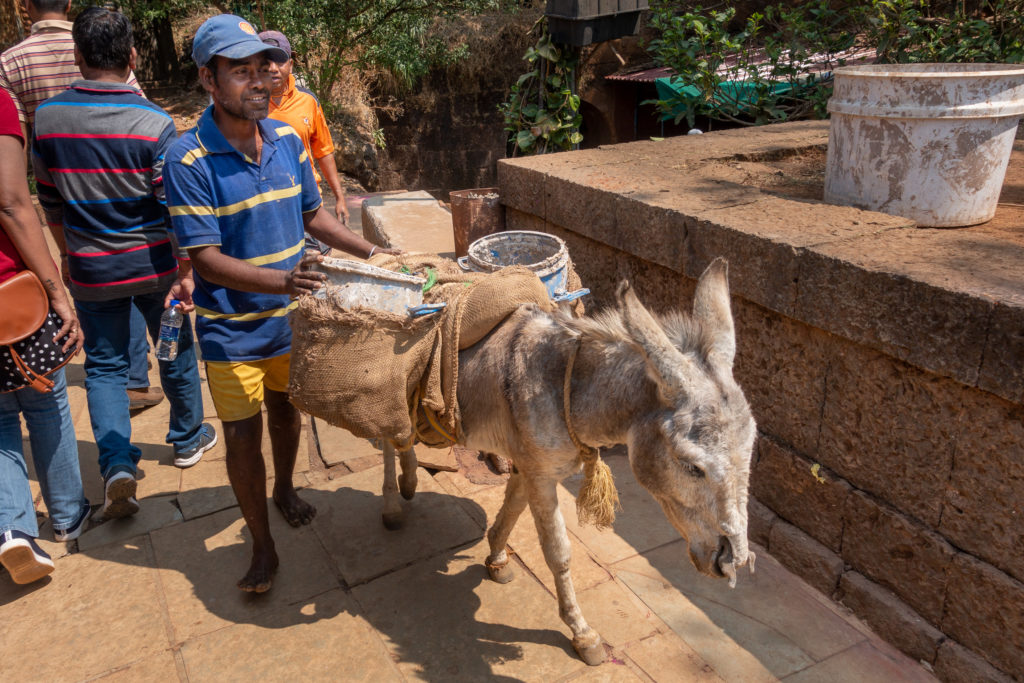
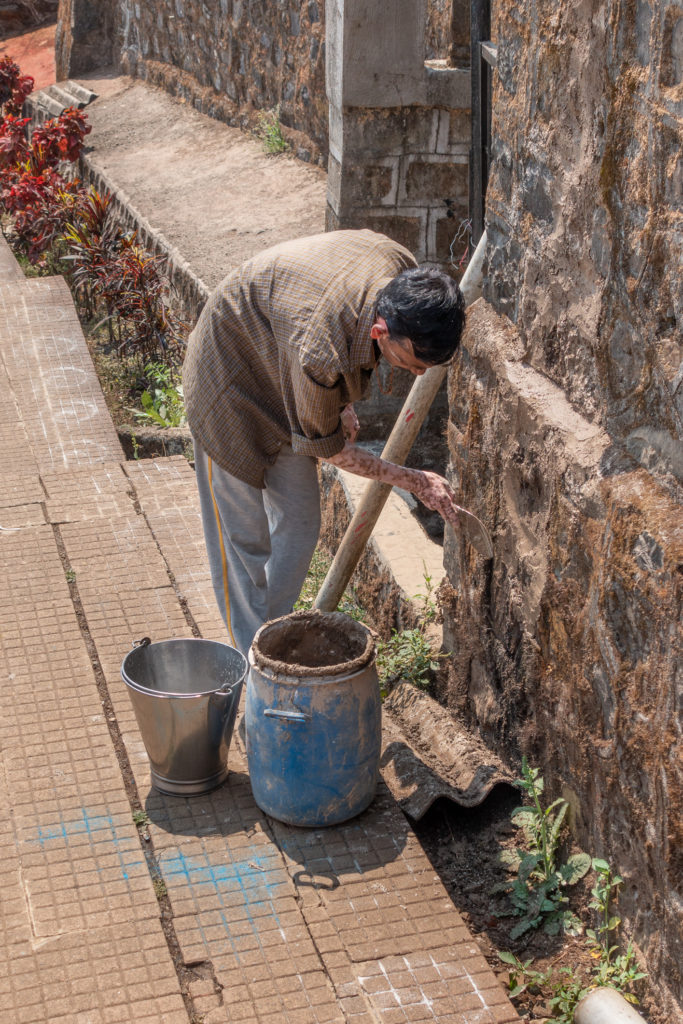
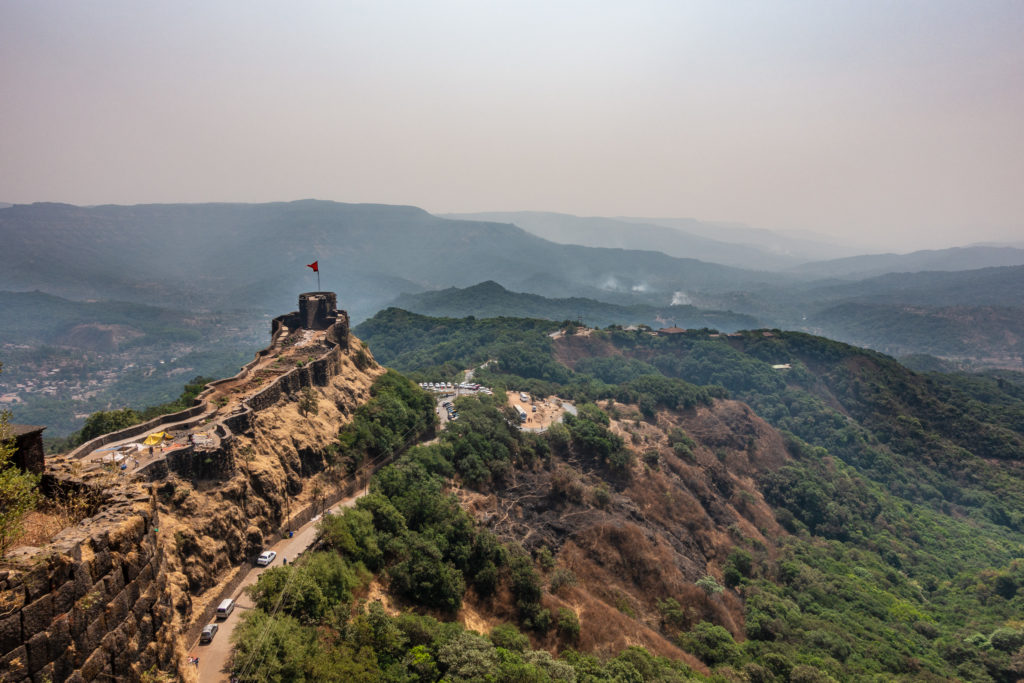
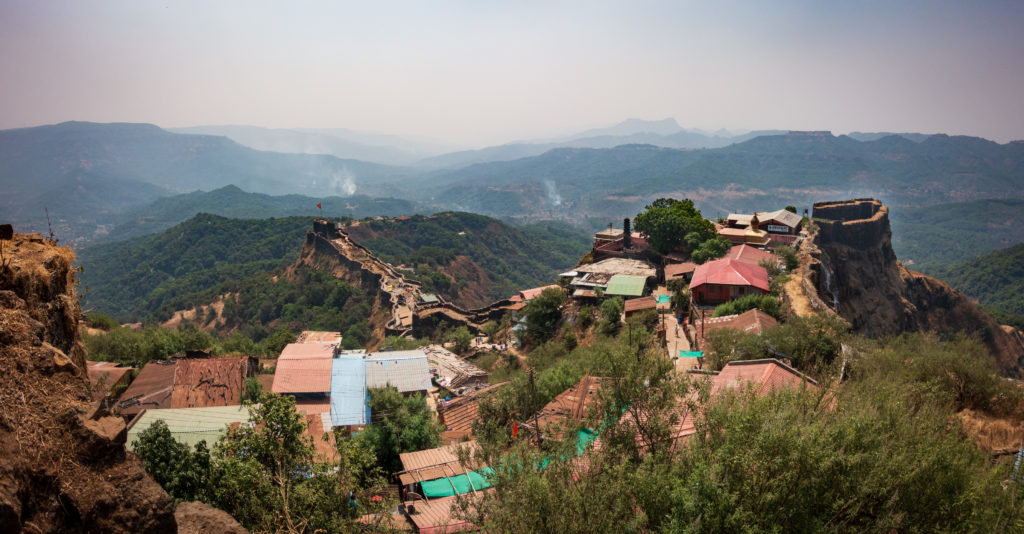

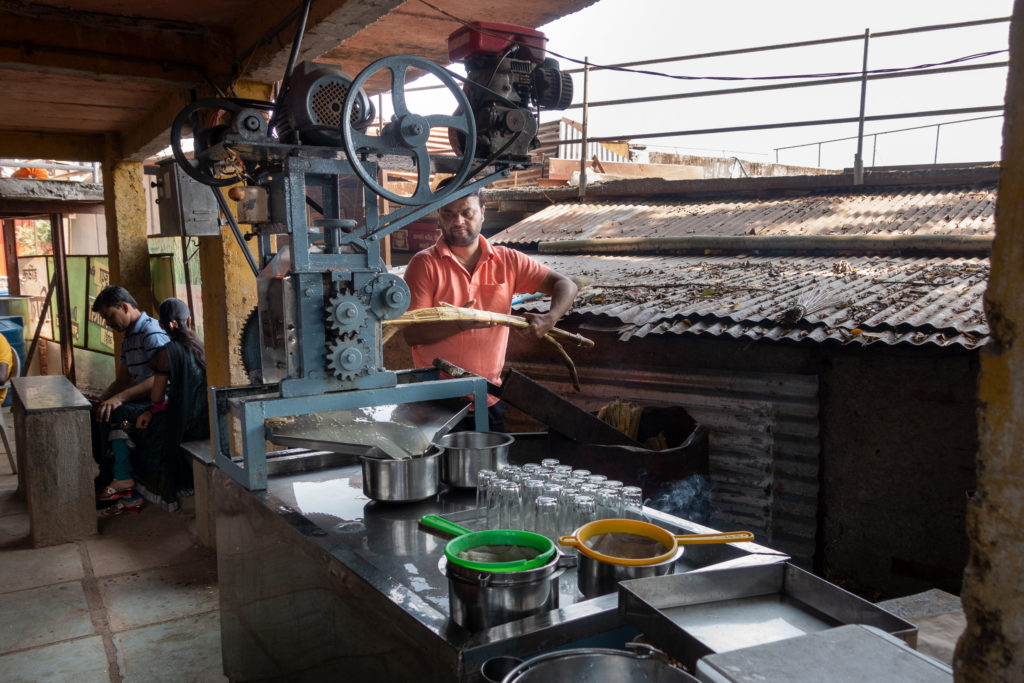
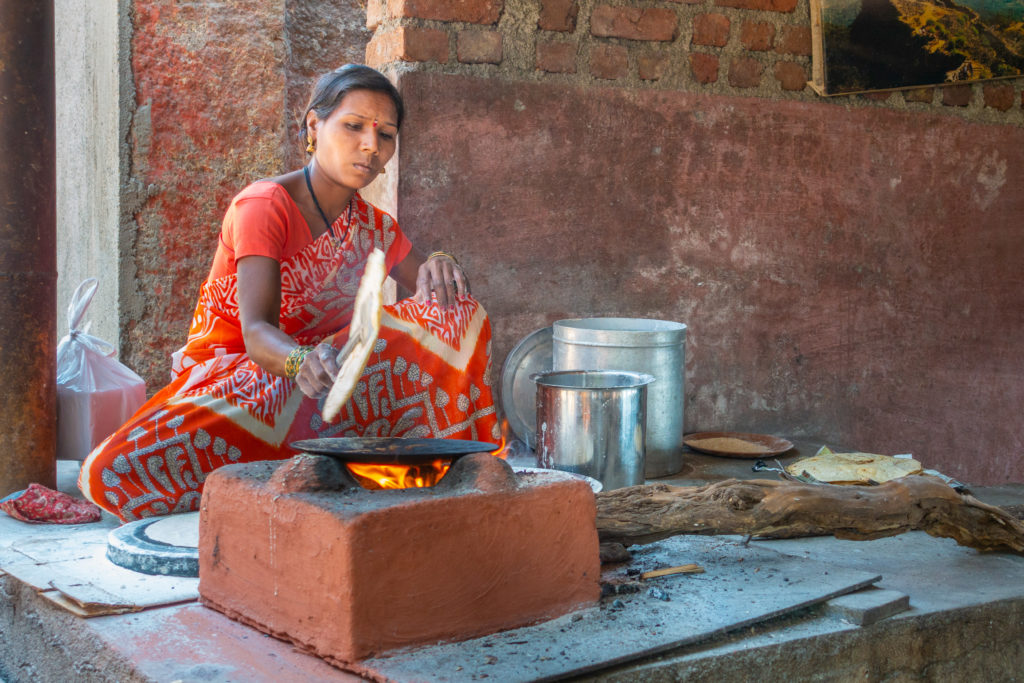
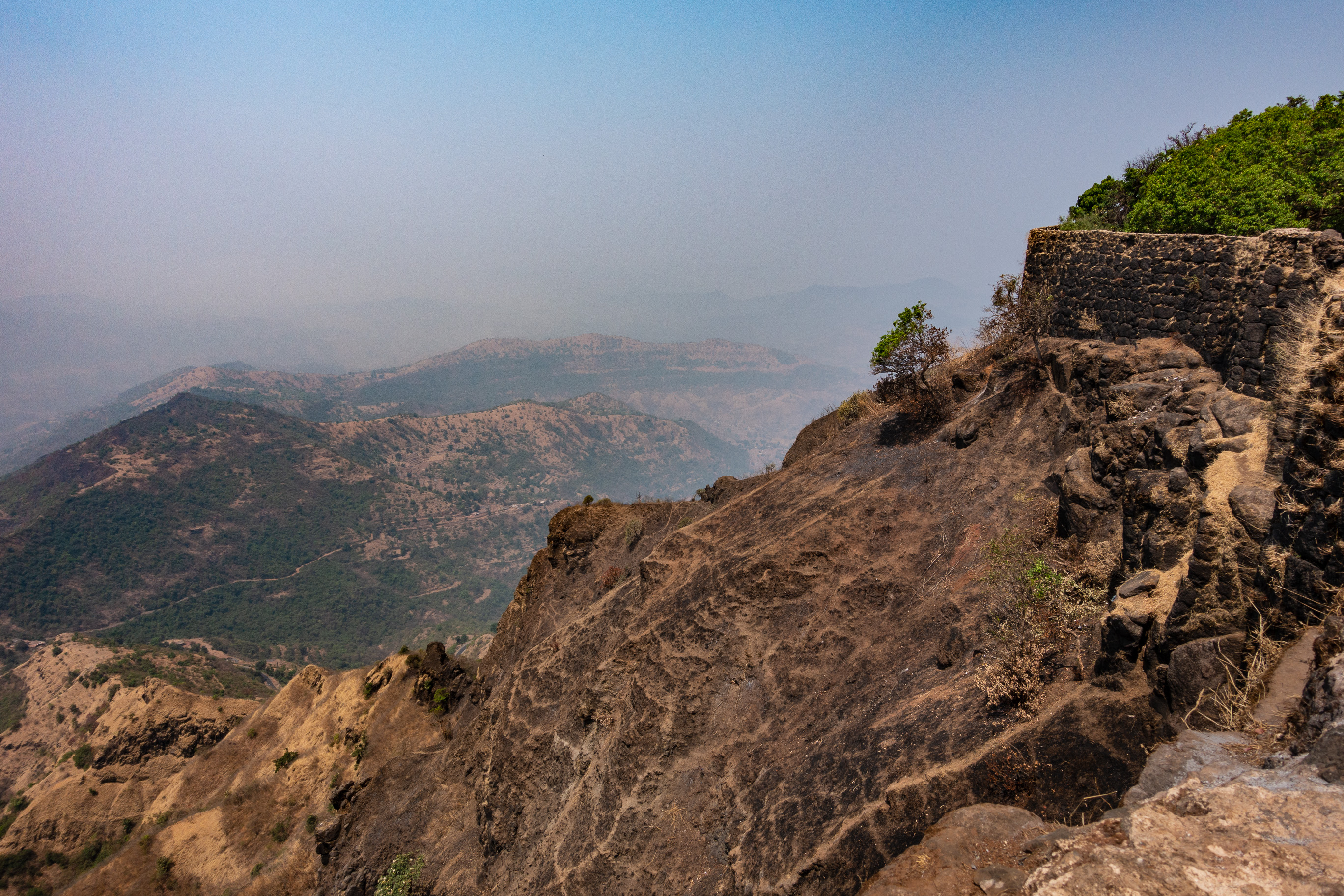
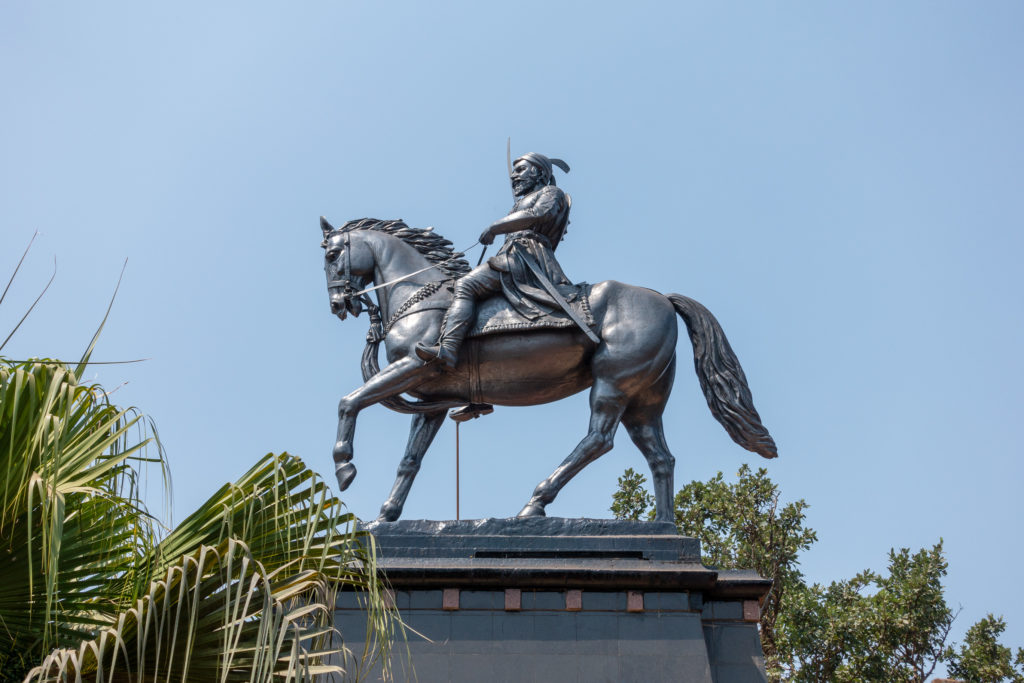
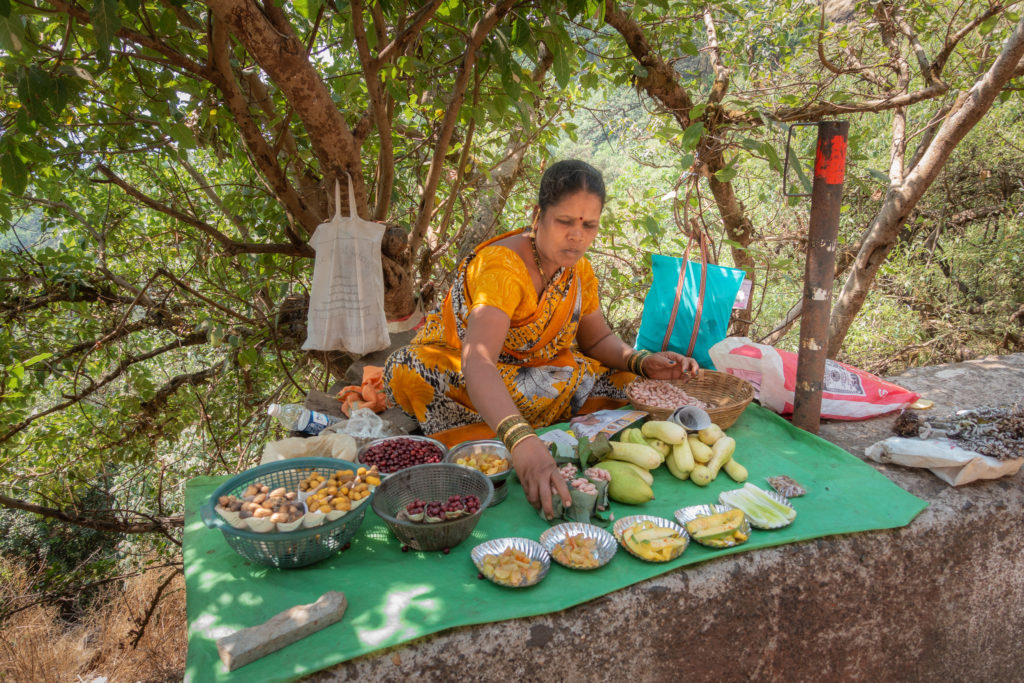
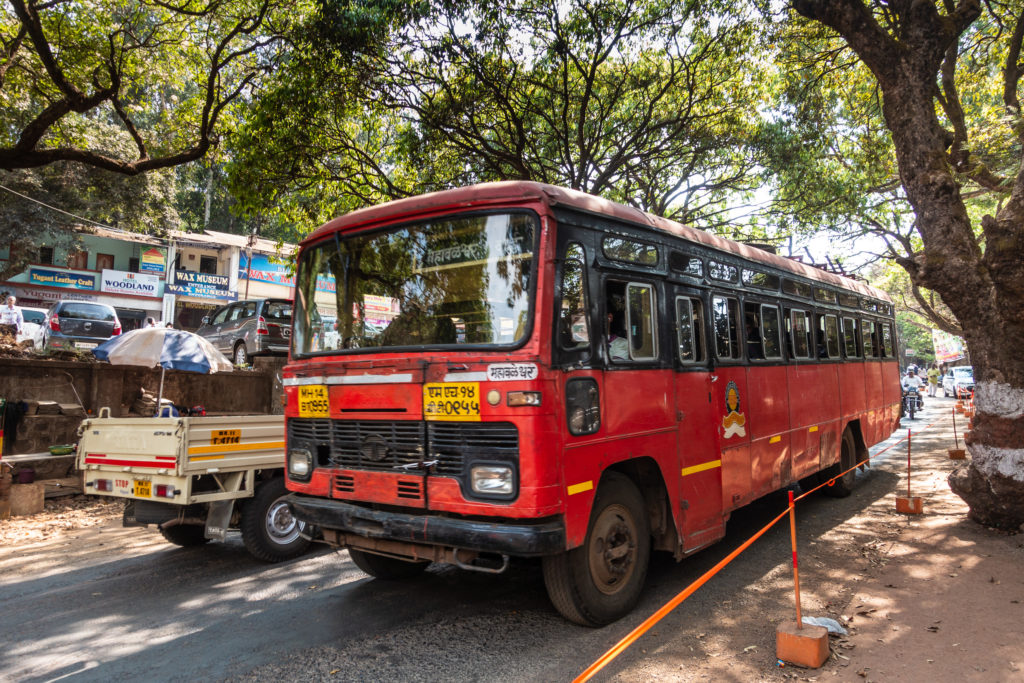
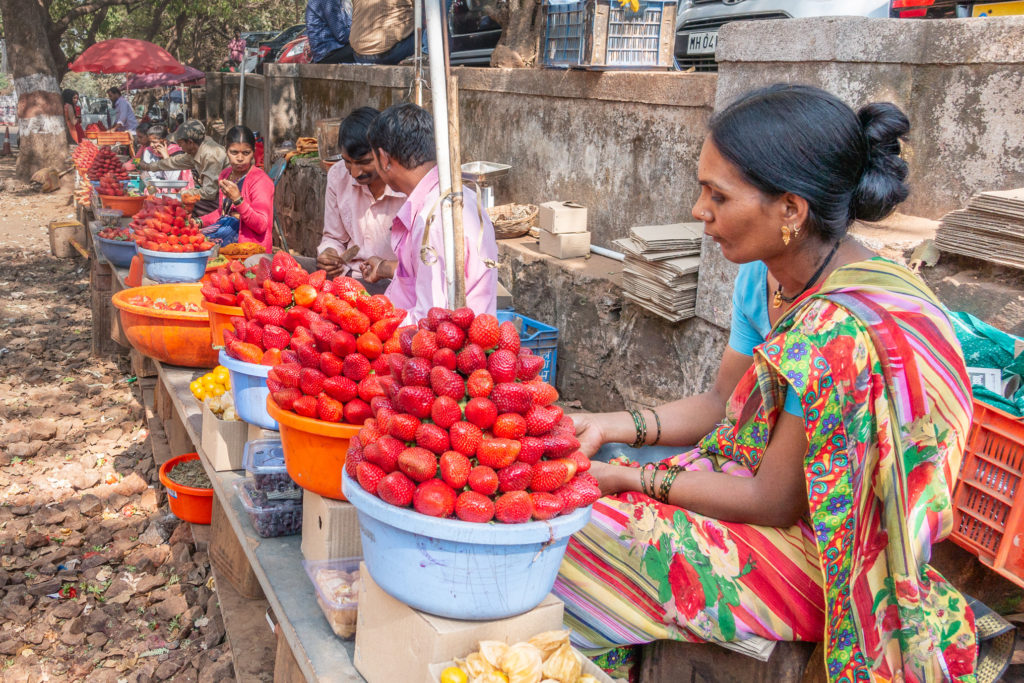
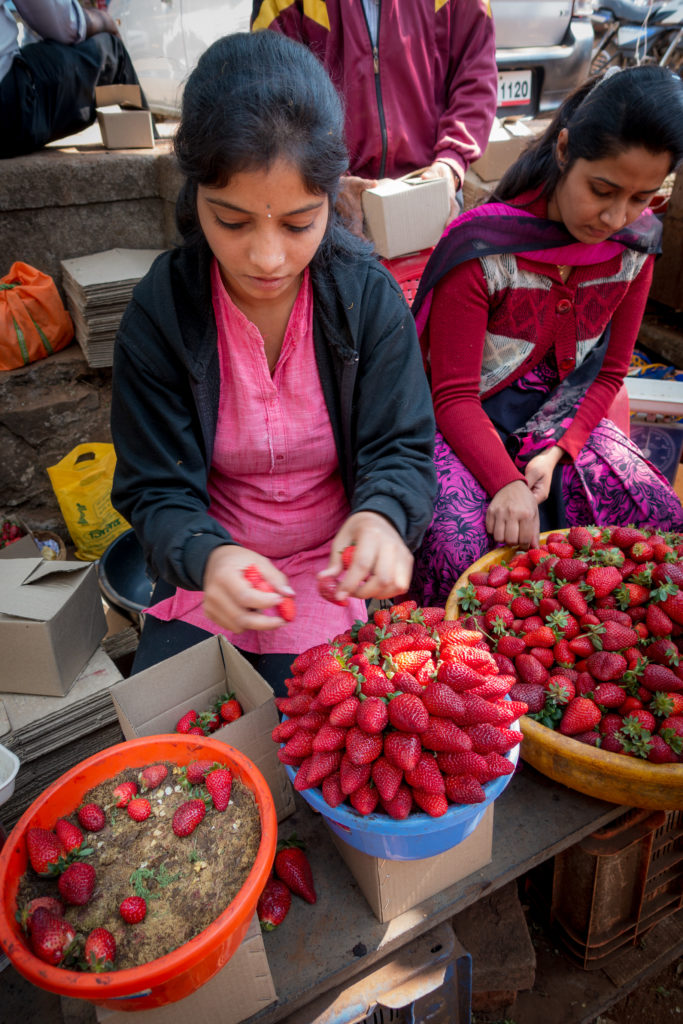
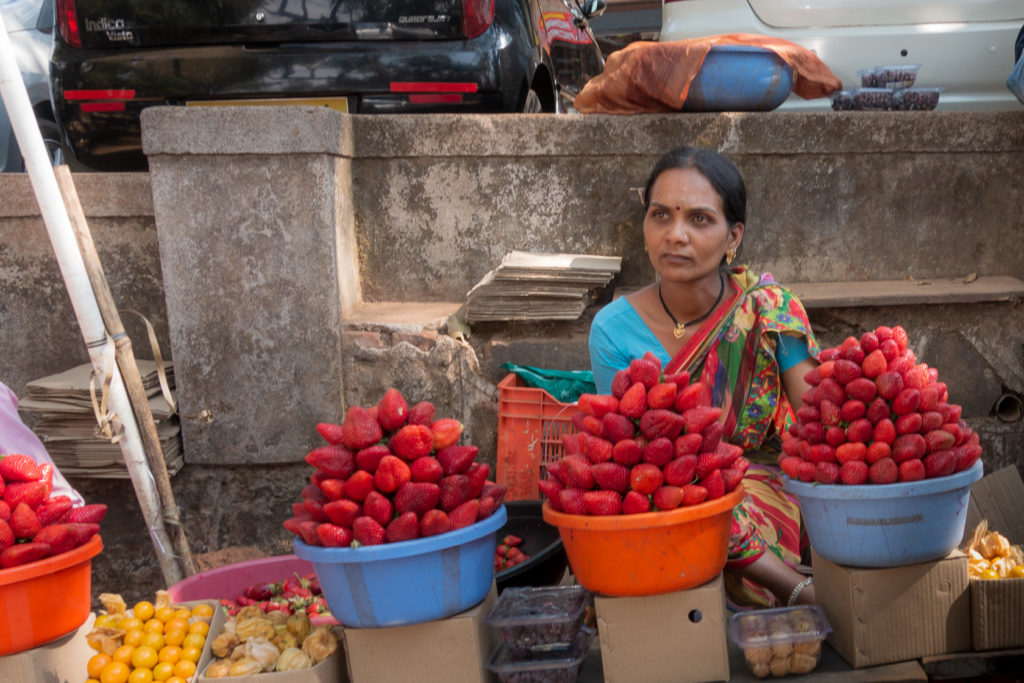
You must be logged in to post a comment.